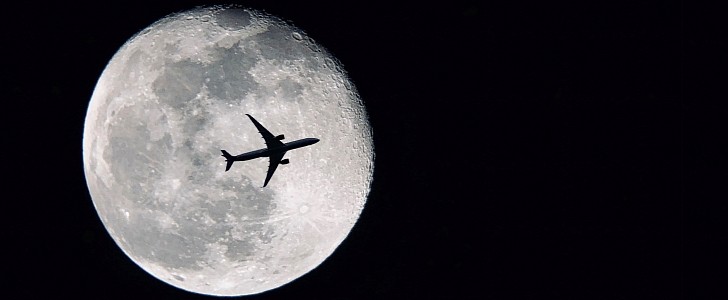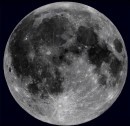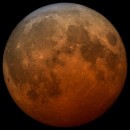Our nearest neighbor might cause some serious trouble to every U.S. coast in the future, a report from NASA says. In just a few years, coastal cities could face massive floods as the rising sea levels will align with a lunar cycle.
You'd have to blame the 18.6-year Moon wobble for the floods. The phenomenon was first discovered in 1728, so it's not something new. However, according to a recent analysis from NASA's Sea Level Change Science Team at the University of Hawaii, the wobble's impacts on the Moon's gravitational pull (which has a major influence on the Earth's tides) will combine with the increasing sea levels caused by global warming.
When they say that the stars align, it's usually a good sign, but when the Moon and Earth align with each other in specific ways, the gravitational pull that affects the oceans may lead to floods that occur every day or two.
"If it floods 10 or 15 times a month, a business can't keep operating with its parking lot under water. People lose their jobs because they can't get to work. Seeping cesspools become a public health issue.", explains Phil Thompson, an assistant professor at the University of Hawaii and the lead author of the new study.
Currently, the Moon is in the stage of its cycle that amplifies the tides. However, sea levels along most U.S. coastlines have not risen to the point where, even with this lunar wobble, high tides regularly exceed flooding limits.
This will be a different story the next time the Moon wobble comes around to amplify tides again, which will be around the mid-2030s. Together with rising global sea levels, flooding will increase dramatically throughout all U.S. coastlines, as well as in Hawaii and Guam. Because of long-term geological processes, only the far northern coastlines, including Alaska's, will be spared for another decade.
In response to the alarming rising number of floods (which in 2019 rose to a record-setting 0.34 m (1.1 ft) compared to 1920 levels), NASA has created a "sea level portal," a high-tide flood tool that keeps track of sea level change and its causes from space.
When they say that the stars align, it's usually a good sign, but when the Moon and Earth align with each other in specific ways, the gravitational pull that affects the oceans may lead to floods that occur every day or two.
"If it floods 10 or 15 times a month, a business can't keep operating with its parking lot under water. People lose their jobs because they can't get to work. Seeping cesspools become a public health issue.", explains Phil Thompson, an assistant professor at the University of Hawaii and the lead author of the new study.
Currently, the Moon is in the stage of its cycle that amplifies the tides. However, sea levels along most U.S. coastlines have not risen to the point where, even with this lunar wobble, high tides regularly exceed flooding limits.
This will be a different story the next time the Moon wobble comes around to amplify tides again, which will be around the mid-2030s. Together with rising global sea levels, flooding will increase dramatically throughout all U.S. coastlines, as well as in Hawaii and Guam. Because of long-term geological processes, only the far northern coastlines, including Alaska's, will be spared for another decade.
In response to the alarming rising number of floods (which in 2019 rose to a record-setting 0.34 m (1.1 ft) compared to 1920 levels), NASA has created a "sea level portal," a high-tide flood tool that keeps track of sea level change and its causes from space.






